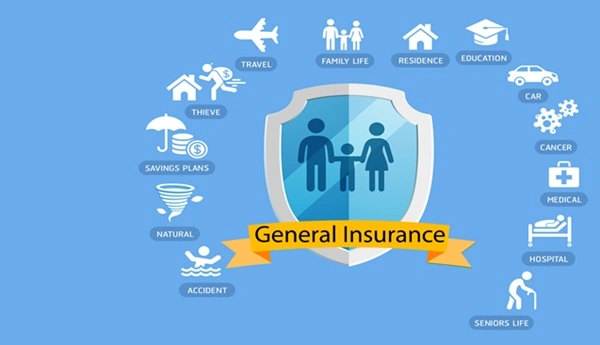Brahans Business Park, located in Andheri East, Mumbai, is a commercial office complex that caters to a variety of businesses—from manufacturing firms to co-working operators. Its central location near key transport nodes and well-equipped infrastructure make it a preferred choice for both small enterprises and medium-sized firms looking for office space in a strategically connected urban setting.
Quick Facts & Contact
| Item | Details |
| Address | 20–21, Sher E Punjab Road, Gokul Nandanvan Co-operative Society, Radha Krishna Nagar, Aghadi Nagar, Andheri East, Mumbai, Maharashtra – 400093, India |
| Phone | Not publicly listed as a central contact—management contacts often vary by tenant |
| Not available for the overall complex; some companies based here do publish emails (e.g., Jai Aravali Chemicals LLP: Info@jaiaravaligroup.in) | |
| Website | None found for the park itself; some tenant companies have websites (e.g., pmcona.in) |
Facilities & Amenities

Based on known listings and descriptions, the park offers the following:
| Facility | Details |
| Power Backup | Full backup to ensure uninterrupted operations |
| Water Supply | 24×7 availability, including treated water for hygiene |
| Elevators | High-quality lifts throughout the building |
| Security | 24×7 CCTV surveillance and personnel on-site |
| Parking | Basement parking available; reports of restrictions on employee vehicle parking |
| Fire Safety | Equipped with firefighting systems and alarms |
| Intercom System | Internal communication facility across offices |
| Design & Infrastructure | Modern elevation with glass façade, concealed plumbing/wiring, imported sanitary fittings |
| Co-working / Shared Spaces | Facilities such as Divine Hub offer meeting rooms, lounges, pantry, Wi-Fi, projector, printer, etc. |
Google Maps Location
Accessibility & Local Transport Options
- Nearest Railway Station: Andheri Railway Station (Western & Central Lines) — approximately 0.77 km away
- Metro Access: Western Express Highway Metro Station — about 0.63 km away
- Bus Stops Nearby:
- Shanti Nagar – ~395 m, 6 min walk
- Marol Depot – 773 m, 10 min walk
- Gurudwar Chowk – 1,046 m, 14 min walk
- Bus Routes Serving Locale: BEST buses—routes 333, 410, A-180, A-226, etc.
Operating Hours
- Building access typically aligns with standard office hours (~9:00 AM–6:00 PM).
- Some co-working operators inside the park (e.g., Divine Hub) may offer extended or 24×7 access depending on membership type.
Pros & Cons From Reviews and Feedback
Pros
- Excellent Connectivity
Located close to both railway station and metro station, as well as major road corridors (Sher-e-Punjab Road, Mahakali Caves Road, etc.) - Well-Equipped Infrastructure
Complete with power backup, water supply, modern elevators, security features, firefighting installations, and quality interior fittings. - Modern Aesthetic & Functional Design
Contemporary glass facade, concealed wiring/plumbing, and premium sanitary fittings improve both look and function. - Co-working Amenities Available
Operators like Divine Hub offer flexible desk, private space, pantry, lounges, meeting rooms, etc., useful for small businesses and startups.
Cons
- Parking Constraints
Some reviews mention limited employee parking and restrictions that necessitate use of external paid lots. - No Centralized Contact or Website
Lack of an official website or single contact for building operations means inquiries must go through brokers or individual tenants. - Austere or Monotonous Ambience
Some feedback notes that the environment inside can feel corporate and uninspired—typical of many office complexes. - Limited Recreational or Leisure Spaces
The park lacks on-site leisure or communal amenities (cafés, fitness centers) which might impact work-life ambience.
Tenant Highlights & Sample Contact Info
A few companies registered here include:
- Jai Aravali Chemicals Private Limited
Address: 603–604, 16A Brahans Business Park, Off Mahakali Caves Road, Andheri East, Mumbai – 400093.
Email: Info@jaiaravaligroup.in. - PM CONA Industries Pvt. Ltd.
Address: 3rd Floor, 302 Brahans Business Park, Mahakali Caves Road, Andheri East, Mumbai – 400093.
Email: info@pmcona.in • Website: pmcona.in - Other Firms (addresses only):
- Club Hiberniia (402)
- Jai Aravali Industries (603/604)
- Goldkrest Lifestyles Pvt Ltd (402, 4th Floor)
- Nutan Enterprises (101)
- Consumer Marketing (India) Pvt Ltd (Suite 501)
- VK Precious Pvt Ltd (4th Floor, 401)





